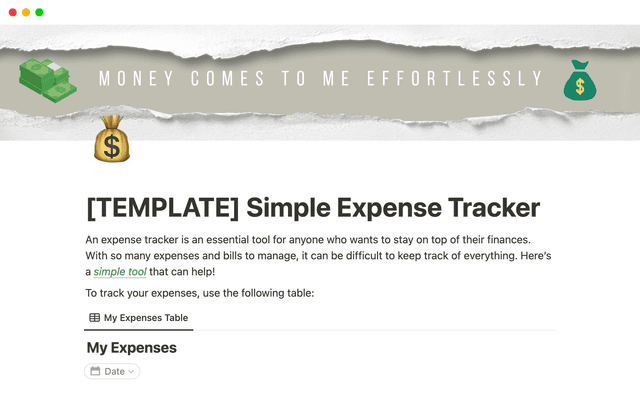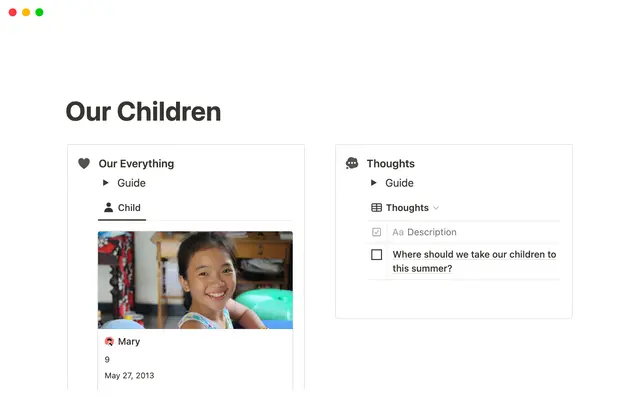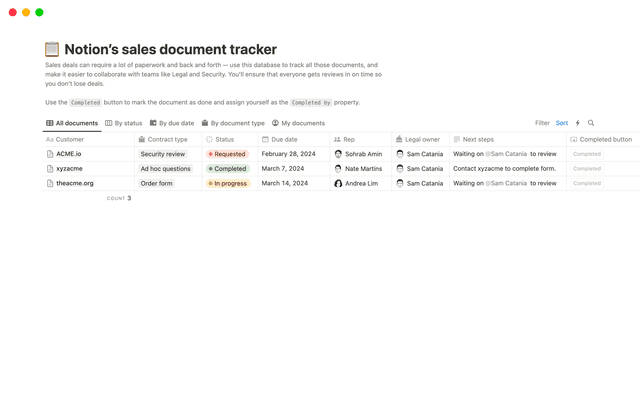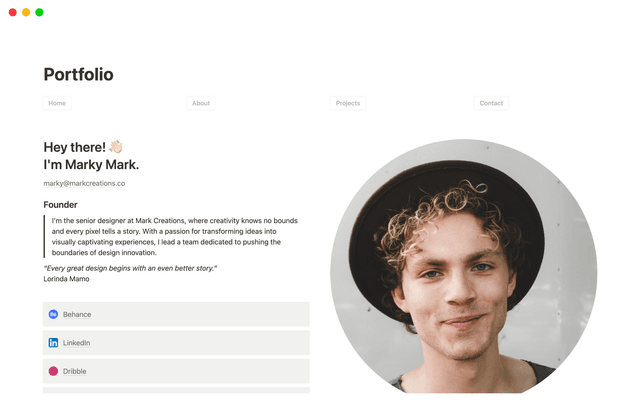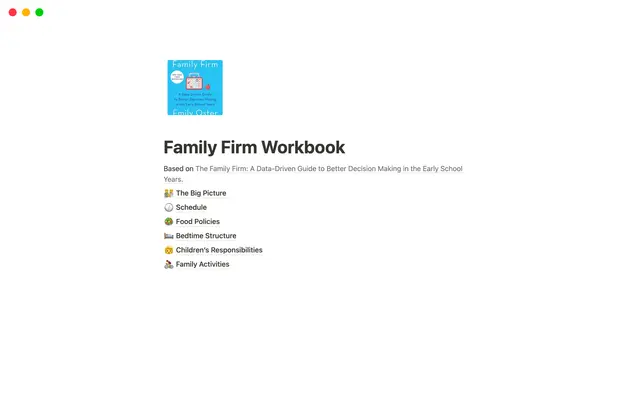Build the perfect workflow with customizable layouts
Layouts unlock a whole new world of efficiency for structuring and sharing information through databases. Learn how to organize your database pages, create custom layouts, and boost productivity.

- Getting started with layout builder
- Using layouts in your workspace
- Central tracking, custom views for every team
Databases have always been at the heart of organization and collaboration in Notion. Whether you're tracking recipes, managing a photo collection, or juggling complex projects, they've got you covered. Properties help add clarity and structure to related pages, but with lots of properties, it can be hard to surface the most important information without getting lost in the details.
That's where layouts come in. Layouts in Notion aren't just a visual upgrade—they're a game-changer for how you interact with databases. With layouts, you can customize your database pages to fit your exact needs. The result? Clean, beautiful, and organized pages that work precisely the way you want them to.
In this guide, you'll learn how to:
Get started with layouts
Streamline your database pages for more efficiency
Craft custom layouts to fit how you work
Layouts enable you to create organized, structured database pages by customizing how properties appear. The result? Only the crucial properties are shown, less important details are neatly tucked away, and the overall visual flow of your database page is designed for optimal user experience—enabling viewers to grasp information at a glance.
Let’s explore the components of the builder:
Layout builder— Your design playground, where you can customize your layout and move properties between different sections. Access it by hovering above your database page title, and clicking
Customize layout.
The layout builder lets you organize your database information into two distinct areas:
Main page area— this is the spotlight of your layout. Here's where you'll showcase the most important information housed in your database. It's ideal for elements that deserve more attention, such as sub-items, detailed text, or visual content like files and media.
Details panel— this is your organizational sidekick. This collapsible, right-side panel keeps your main page clutter-free while ensuring all important information remains within easy reach. Think of it as a handy spot for those "nice-to-have" details that don't need center stage.
In each of these areas, you can further customize how database information shows up — as unique modules, pinned properties, or in the property group:
Pinned properties to create focus — pinned properties, as the name suggests, are a place for up to four important database properties. These show up under page title.
Property group to organize details — Your property command center. You can put this in either the details panel or the main page. By default, all properties live here. You can organize them into neat, collapsible sections with labels. Just remember, if you pin a property or add a module, it won't show up here anymore.
Modules to spotlight properties — modules are a way to have any single property stand out on its own, in its own area. They’re great for displaying images and visuals, or just drawing attention to a single property, like a summary.


Editing layouts with layout builder
Layouts can help just about every kind of database. Of course, depending on what you're working on, you might want to highlight different parts of your page. For example, if you're showing off your photography skills, why not make it super visual? Put those stunning shots front and center! If you're deep in project management mode, you might want to pin crucial details like deadlines, status, and team assignments for quick access.
Here’s a few more examples:
Recipe database with pinned properties — Love cooking and sharing recipes with friends and family? Pin key details like cook time, serving size, and cuisine right at the top of your database page. Want to make mouths water? Pop a large image in the main page area, just below those pinned properties. It's the perfect way to visually serve up your culinary creations!

Product roadmap with sections for every team's needs — Use the main page area to show an overview of the product roadmap, and create separate sections in the details panel for each team. This keeps the main view focused on the big picture while making it easy to access team-specific info.

Media tracker with photos front and center — For a visually stunning media tracker, place a large gallery view of your photos or video thumbnails in the main page area. This lets you quickly browse through your collection of books and movies. Pin essential properties like title, rating, and progress at the top for easy reference. In the details panel, you can include extra info like book author, movie cast, or personal notes.

Project management efforts are most successful when otherwise siloed teams are able to come together and work out of a centralized project tracker. Unfortunately, in most tools, this can feel extremely overwhelming. Each team needs to track their own unique information, and as a result, the list of associated properties for a single task becomes unruly at best — or at worst, totally unusable.
Let’s explore how layouts might solve this for task management across your org.
One database for all your tasks — Your team can use a centralized task database to keep track of all of its happenings, from marketing content to bugs to fix. File each task into an associated “Project” for even better tracking (like in Notion’s OKR tracker).
Pin high-level information in the main page — Use layouts to spotlight properties that apply to all tasks in the main page area, like key metrics or due date. You can easily do this by dragging and dropping boxes into each field. This keeps your main view clean and focused, but all your data is still just a click away.
Use property group sections for team-specifics — In the details panel, create sections in your property group for different functional teams. This way, every team can add as many sub-deadlines, sub-statuses, and relations as they need in order to run their own processes, but they don’t have to disrupt the overall look and feel of the page.
What’s more, when teams go to set up their own linked views of the centralized tasks database, they can chose to show just these properties on their main view. So a QA board can highlight just what engineers need.

When leveraged thoughtfully, layouts go beyond mere aesthetics. They help you create an intuitive information landscape where everything falls into place naturally. Every part of your database page fits together seamlessly to fit how you and your team work, giving you a smooth experience. And the best part? You're getting more organized while keeping all the flexibility you love about Notion.

More layout resources
For more information on layouts, explore our comprehensive reference docs. They'll help you get started quickly.
Something we didn’t cover?
